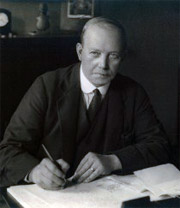
Archibald Leitch attended the school between 1877 and 1879. After he left school he attended Anderson’s College where he studied science and was then employed by Duncan Stewart and Company as a Draftsman.
In 1887 he left to train as a marine engineer and returned in 1899 to his previous employment. After 8 months he left in order to take up the post of head of the ordering department of Mirlees Watson and Company. In 1896 Archie decided to enter into business for himself as ‘Archibald Leitch Factory Architect and Consulting Engineer’.
Some of his early work was on designing tea factories in Ceylon, as well as factories in South Africa and Glasgow. In 1899 he produced ambitious plans which led to the construction of the new Ibrox Park in 1900 for Glasgow Rangers, the first stadium he designed. He became the world’s first specialist designer of football grounds and was commissioned to design part or all of more than 20 stadiums in the UK and Ireland, including Anfield, Arsenal, Hampden, Hillsborough, Old Trafford, Stamford Bridge, Twickenham, Villa Park and West Ham Stadiums. He died in 1939.

Walter Wingate was born on 15 April 1865 and attended Hutchesons’ between 1876 and 1880. He was the son of David Wingate, ‘The Collier Poet’.
Aged 16 he left school and went on to the University of Glasgow where he gained honours in Mathematics before the age of 20. He became a mathematics master at St John’s Grammar School in Hamilton. He contributed many poems to newspapers and magazines, such as the Glasgow Herald and Evening News, and to the anthologies of the Glasgow Ballad Club but never had his own book published.
He was the author of ‘The Sair Finger’, loved by generations of children. He was also a skilled watercolour artist. He died in 1918.
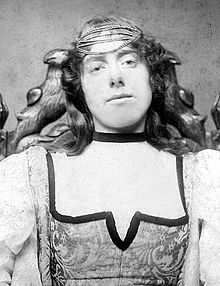
Bessie MacNicol (1887)
Bessie MacNicol was born in 1869 and enrolled at the school in 1884 aged 15. Growing up she had a love of both music and art and when she left in 1887, she decided to attend the Glasgow School of Art and later, in Paris, at the Académie Colarossi, which was one of the first of the Paris studios to offer classes to women trained alongside men.
She was part of the first wave of women crossing over to Paris from the UK to further their art education. It was a more enlightened art school than many in the UK, with women being able to attend life drawing classes. However, she felt that her lessons there were ‘repressive’ and spent more time in the numerous art galleries in Paris.
After she returned to Scotland, she went on to exhibit at the Royal Scottish Academy and in London, Liverpool, Munich, Pittsburg and St Louis. She married a fellow artist and set up a house and studio in the Hillhead area of Glasgow.
However, in the latter stages of her pregnancy she fell ill and died of eclampsia, aged just 34. Today she is included in the group known as the Glasgow Girls. She was considered one of the city’s most important female artists at the turn of the 20th century. You can see an example of her work at the Kelvingrove Art Gallery titled ‘A Galloway Landscape’ although she is perhaps better known for her portrait work.

Robert Broom enrolled at the school in 1879 and went on to study medicine at the University of Glasgow. He later became a palaeontologist and professor of zoology and geology at Victoria College, South Africa but, in 1910, Broom’s insistence on the theory of evolution cost him his position and he started practising medicine in the remote Karroo region of South Africa where he first bought fossils from the miners and later excavated them.
He became the world’s leading expert on the mammal-like reptiles which were found in abundance in the region. His paleontological work was so highly regarded that in 1920 he was made a Fellow of the Royal Society. He made a major contribution to the study of hominid fossils and human origins. He found hundreds of fossils of what are now recognised as being the most primitive, early human beings known. He died in 1951. The Robert Broom Museum was opened in 1966 in Sterkfontein, South Africa.

Dorothea Chalmers Smith enrolled in the school aged 12 years old under her maiden name Lizzie Lyness along with her sister, Jane. She attended the school on a bursary between 1883 and 1889. When she left school she went on to the University of Glasgow and was in the first cohort of ladies to receive a degree in 1894 from the university.
She worked at the Royal Samaritan Hospital for women in Glasgow, and also did charity work, but she wasn’t just a pioneer doctor – she was also a militant suffragette.
She went on to work in the newly established child welfare clinics in Glasgow and was a pioneer in child-care. Her three daughters also went on to become doctors. Dorothea died in 1944 and her silver WSPU Hunger Strike medal was donated to the People’s Palace by one of her daughters.
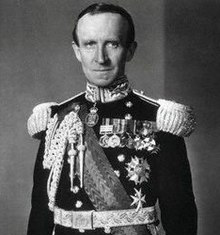
John Buchan was a noted writer, historian and politician. He was born in Perth on 26th August 1875. He enrolled at Hutchesons’ Boys’ Grammar School in 1888 and studied Classics under teacher James Caddell, who Buchan credited as being a great influence on him.
When he left school in 1892, at the age of 17, he was awarded a scholarship to the University of Glasgow and later Brasenose College, Oxford before entering into a political and diplomatic career. In 1915 he published his first, and most popular, spy- thriller ‘The Thirty- Nine Steps’.
In 1917, he became Director of Information for the British government. In the same year he made several impromptu visits to the school in Crown Street, where he presented prizes and received three spontaneous “hearty cheers”. He was Hutchesons’ first Honorary President of the Former Pupils’ Club and unveiled the school’s war memorial in 1921. His brother, Alistair, died during WWI and is listed on the war memorial in the school.
In 1927 he was elected as an MP to the Peebles and Selkirk seat and in 1935 King George V appointed Buchan as Governor General of Canada, for which he was raised to the peerage as first Baron Tweedsmuir. He held this post until his death in 1940.
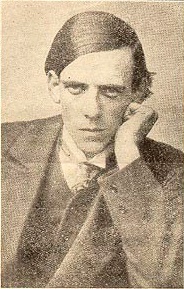
Born in 1885, James Maxton was the son of two schoolteachers. He attended Hutchesons’ Boys’ School between 1897 and 1900. He was also a pupil teacher at the school and remained close friends with classmate John Buchan, the noted writer, historian and politician.
When he left the school he went on to the University of Glasgow. After graduating he become a teacher and, later in life, claimed that the biggest influence in his decision to become a socialist was the grinding poverty experienced by many of the children he taught.
Maxton was a vociferous opponent of World War I and was a conscientious objector, refusing conscription into the military, and instead was given work on barges. During this time he was involved in organising strikes in the shipyards as part of the Clyde Workers’ Committee. He became one of the leading figures of the Red Clydeside era and was arrested in 1916, and charged with sedition. He was subsequently found guilty and imprisoned for a year.
In 1918, Maxton was elected to the National Council of the Labour Party where he went on to serve as Secretary of State but became leader of the Independent Labour Party after it broke away from the Labour Party in 1932. He was known as an effective public speaker. He died of cancer in 1946.
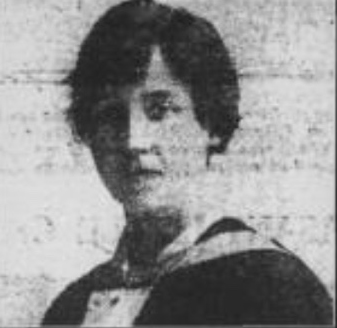
Madge Easton Anderson was born on 24 April 1897 in Glasgow and enrolled at the school as a foundation pupil between 1904 and 1913. She was a hard worker and rarely missed a day of school. She attended Hutchesons’ with her two older sisters, Muriel and Ellen. Ellen also did well at school and at university and went on to become a noted bacteriologist. After Madge left school, she went on to the University of Glasgow to study Law.
In 1920 she became the first woman to be admitted to the legal profession in Scotland following the passing of the Sex Disqualification (Removal) Act 1919. Her application as a law agent was initially refused because her necessary three years of training began before the passing of the Act, and her indenture of training was not properly registered – her registration had been refused in 1917 because she was a woman, so she appealed to the Court of Session. It was the first case of its kind and her application was finally granted.
In 1937 she then became the first woman qualified to practice Law in both England and Scotland after passing the English Law Society final exam and was also one of the founding members of the first legal firm run by women in 1931.
She is honoured with a blue plaque at the Stair Building at the University of Glasgow’s School of Law.
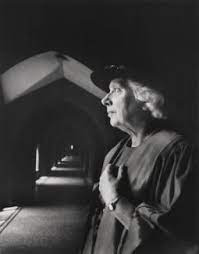
Muriel Clara Bradbrook was a British literary scholar and authority on Shakespeare. She was Professor of English at Cambridge University, and Mistress of Girton College, Cambridge.
She wrote 17 books, including works on Ibsen, Lowry and Conrad. She was appointed a University Lecturer by the University of Cambridge in 1948, a Reader in 1962, and Professor of English in 1965 (she was the first female professor in the Faculty of English).
She received the prestigious Pragnell Award from the Shakespeare Birthday Celebration Committee for ‘outstanding achievement in extending the appreciation and enjoyment of the works of William Shakespeare.’ She died on 11 June 1993.
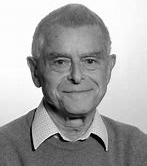
Jeremiah Noah Morris was born in Liverpool on 6 May, 1910 to Jewish immigrant parents who were forced to flee the Russian pogroms. His family name was previously Leserovsky but his father, Nathan, a Hebrew educator, adopted the surname ‘Morris’ after the captain of the ship that brought him to England.
He attended the school from 1921-1926, attending for the last few years on a scholarship. Whilst at school he joined the Literary and Debating Society and was sub-editor of ‘The Hutchesonian’. He suffered from ill-health from an early age, as he suffered from rickets, but his father instilled the importance of exercise, encouraging his children to walk 4 miles a week, often with the incentive of an ice cream if they completed it in under an hour.
After he left school, he studied at the University of Glasgow and later at University College Hospital, London. During the War, he was posted as an Army doctor to India and Burma. He went on to become a Scottish epidemiologist who established the importance of physical activity in preventing cardiovascular disease.
His 1957 textbook, ‘Uses of Epidemiology’, was the first to provide a technical blueprint for public health activities. In 1972 he accepted a CBE. At the Olympic Games in 1996 he was honoured with an Olympic Gold medal in recognition of his pioneering studies into how exercise reduces the rate of heart disease and was seen as ‘the man who invented exercise’. He died in 2009.
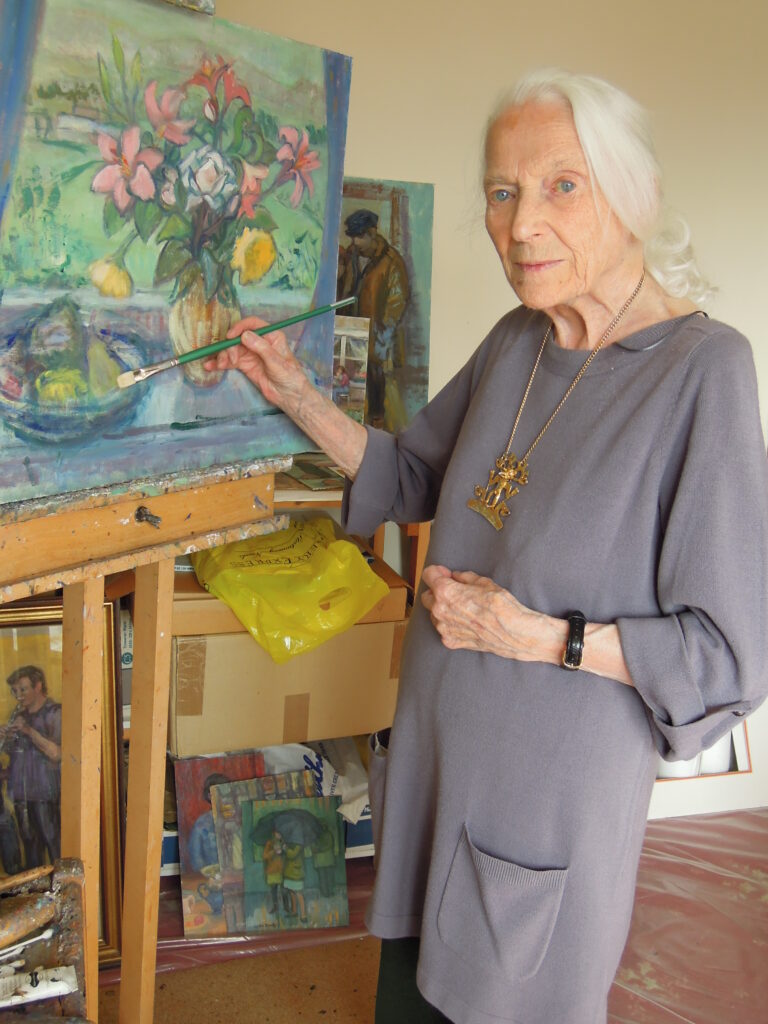
Moira Beaty (born Jessie Moira Munro) was an artist who also played a key role as a WW2 cryptographer at Bletchley Park, the only woman in a group of mathematicians, musicians, linguists and scientists working in Hut 8 where Alan Turing and Peter Twinn set up the Naval Enigma Code. Beaty was responsible to Twinn, and his team was involved in breaking the secretive Abwehr codes which were more complicated than the ordinary military messages.
She enrolled at the Glasgow School of Art alongside fellow students, Joan Eardley and Margot Sandemann in 1939, before war broke out, and she returned in 1947 to complete her studies. After graduating she went to Jordanhill College to qualify as an art teacher. She exhibited widely during the 50s and 60s, including at the Royal Scottish Academy, Royal Glasgow Institute and the Scottish Society of Women Artists, to which she was elected as a professional member in 1974. She continued to exhibit successfully right up to her death in 2015.
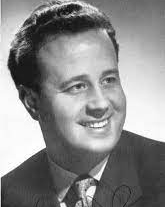
Murray Dickie left Hutchesons’ in 1940. Whilst at school he was a keen sportsman, taking part in sports day, was the captain of one of the rugby teams and was on the school swimming team. After he left school he joined the Royal Navy but later became a Scottish tenor opera singer and director who established a career in Britain, Austria and Italy in the 1960s. He was also a recording artist and one of the most famous lyric and character tenors of his day.
He was the recipient of the coveted title of Kammersanger and was also holder of Austria’s Cross of Honour for Arts. He was appointed OBE in the 1976 New Year Honours list. Murray Dickie was the younger brother of the baritone William Dickie (1924-1984). He died in 1995.
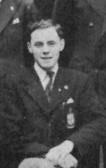
Ronald David Laing was born on 7 October 1927 and attended Hutchesons’ Grammar School as a foundation pupil between 1936 and 1945.
At school he enjoyed debating, becoming the Debating Society’s president in 1945, running, taking part in the school annual sports days and he was also on the School Council.
He became a psychiatrist, psychotherapist and psychoanalyst and wrote extensively on mental illness, in particular on the experience of psychosis. He was a world authority on schizophrenia and became a leading cult figure in the counter-culture of the 1960s.

At school Alan Paterson he took part in the annual school sports day and was on both the rugby and the cricket teams. He left Hutchesons’ Grammar School in 1945 but, at just under 6ft 7, he created school and national records for the high jump, breaking a British record that had stood for 25 years. He was a British track and field athlete and was one of Europe’s best high jumpers during the immediate post-World War II period.
He won a silver medal for Scotland at the 1950 British Empire Games. He also won silver at the European Championships in Oslo in 1946 (and at just 18 was the youngest ever medallist at the Championships) and gold in Brussels in 1950. He was a two-time Olympic finalist in the event, having competed at the 1948 London Olympics and the 1952 Helsinki Olympics, making him the school’s first Olympic finalist. His sister, Johanna Peters, became an International opera singer.
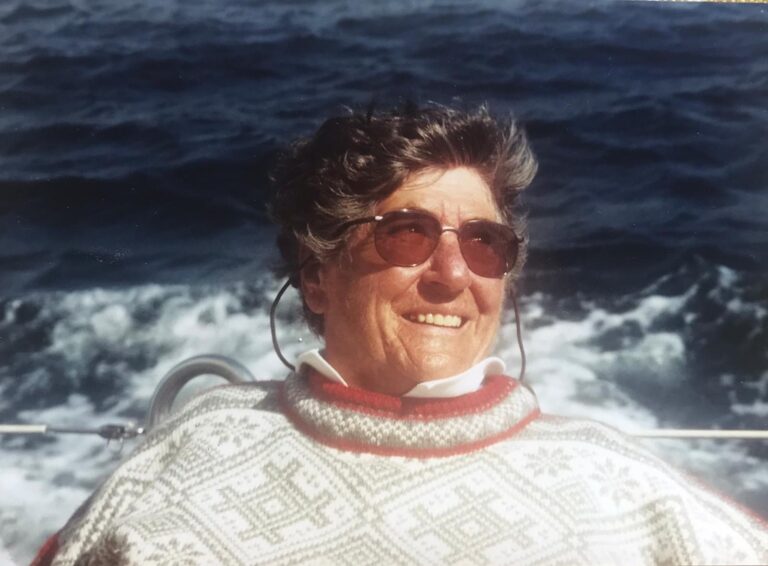
Evelyn McNicol (nee Camrass) joined Hutchesons’ in Primary 1 in 1932 and recalls that it was a ‘happy place’, and her favourite subject was PE. When she left school she went on to the University of Glasgow to study Medicine and it was there, in her second year, that a friend lent her some boots and invited her to go mountaineering with her. She was hooked and by her fourth year she was president of the university’s mountaineering club.
In 1952 she became the youngest member of the first recorded all-female Himalayan expedition. The area they were exploring was the mostly unmapped region of the Jugal Himal and they were conscious they were treading new ground, not just geographically, with many critics already doubting they could handle the male Sherpas.
But the expedition was a success and she even held a surgery in Kathmandu when she discovered that they didn’t have a doctor. They enjoyed a really good relationship with the Sherpas too, naming the peak at 22,000 feet, after their lead Sherpa, as a sign of their respect. Their expedition showed that women could earn the Sherpas respect and climb alongside them.
She was also a member of the first all-female party to climb and explore Arctic Norway in 1954 and was a member of the expedition that conquered the peaks of Cordillera in 1964 in southern Peru. However, the Himalayan expedition was always her favourite despite climbing in other places such as the Caucasus, Borneo and Kilimanjaro.
At the age of sixty-five she took up dogsledding and at seventy she learnt scuba-diving. She was still abseiling in 1997 and went canoeing in Alaska aged 78. She died in April 2021 aged 94, one of the last “Scottish Explorers” going into the ‘unknown’.
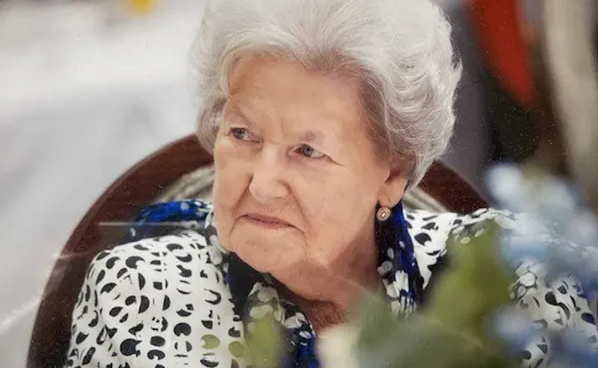
Lyn MacDonald was a British military author and historian and established a reputation as one of the most highly regarded historians of the First World War.
In a largely male-dominated field, she was best known for a series of books on the First World War that drew on first-hand accounts of surviving veterans. Before becoming an internationally renowned, best-selling author, she had worked at Scottish TV as a writer and producer and then for ITV before joining the BBC and Women’s Hour.
She was a BBC Radio presenter and interviewed hundreds of veterans, bequeathing an archive of about 600 recordings of the First World War to the Imperial War Museum. She died 1 March 2021.
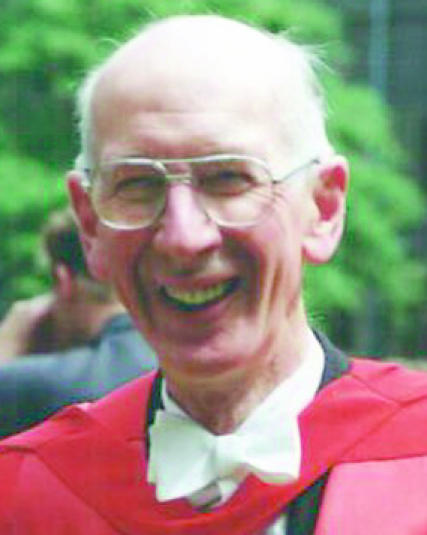
James Willicks excelled in Classics, English and History while at school and was on the School Council and helped out in the school library. He was also a part of the Former Pupil Dramatic Club for several years.
He left Hutchesons’ in 1946 to go to the University of Glasgow to study Medicine, graduating with a MBChB in 1951. He became an obstetrician, gynaecologist and a pioneer of ultrasound. His particular contribution was in the scanning of the foetal head to assess the size and growth of the foetus.
He was awarded an MD with commendation from the University of Glasgow in 1963. He was a leading figure in British obstetrics for 30 years who continued as a consultant until he retired in 1990. He was also well-known as an outstanding public speaker. In August 2003 he was diagnosed with motor neurone disease, which progressed rapidly. He died in 2004.
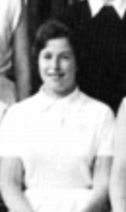
Winnie Wooldridge– (nee Shaw) was born in Glasgow on 18 January 1947 and was a professional tennis player during the 60s and 70s.
In 2002, she was posthumously inducted into the Scottish Sports Hall of Fame as she was considered Scotland’s most successful tennis player of her era. In addition to her many accomplishments on the court, she was a plus-two golfer who played internationally for Scotland. She died in 1992.
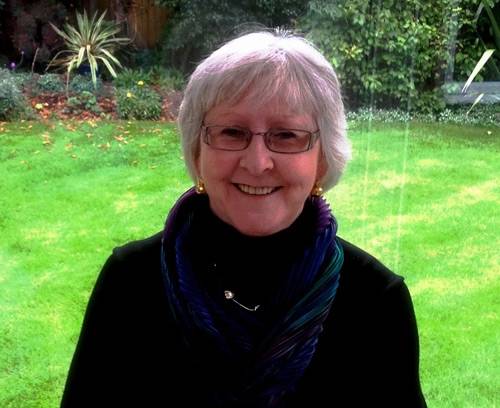
In the 2015 New Year Honours List, Joyce was made a Dame Commander of the Order of the British Empire for services to justice, particularly vulnerable and child witnesses.
In a typically modest fashion Joyce says:
“It seems unbelievable for someone working out of an office in the garden in Hertfordshire to receive this award. I work with my husband Richard Woolfson and our company, Lexicon Limited, conducts justice system research on behalf of the government and various charities. In the past decade our work has focused on children and vulnerable adults required to give evidence in criminal trials. Half of the children we have interviewed do not understand the questions when they are cross-examined at court. This prompted the founding of www.theadvocatesgateway.org which distributes free toolkit advice for lawyers and judges about how to adapt questions to make them developmentally appropriate for children and, for example, people with autism or learning disability.”
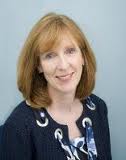
Professor Fiona Gilbert graduated in medicine from Glasgow University in 1978. After completing house jobs, a year was spent as a research fellow in oncology under Professor Kenneth Calman, Glasgow, stimulating an interest in research in this area.
Following general medical training and MRCP, she joined the radiological training programme in Aberdeen Royal Infirmary. She was appointed consultant radiologist in Aberdeen responsible for the National Breast Screening Programme for Grampian in 1989. Undertaking research in breast imaging and ovarian screening during that time she learnt research methodology and was appointed to the Chair in Radiology at Cambridge in 1996.
She is Chair of the Academic committee of the Royal College of Radiologists and Chair of the NCRI Imaging Advisory group. She is immediate past Chair of the Royal College of Radiologists Breast Group, previous co-lead of the NCRI PET Research Development group and was a member of the ACORRN international scientific advisory committee.
She sat on guideline development groups for breast imaging for SIGN and NICE and the family history of breast cancer guideline development group. She was the Radiology Representative – Scottish Cancer Group (2001-2005) and member of the Cancer Research Portfolio Steering Group, Chief Scientist’s Office (2003–2007). She is a member of the NIHR EME Board and was a member of the Commissioning Board for the Health Technology Assessment Panel (2003-2006) and Royal College of Radiologists Research Committee (1998-2002.)
She is on the MRC Panel of Experts and is an Academic role model for the British Medical Association. She referees for Radiology, the Breast and was assistant editor of Clinical Radiology (1997-2006). She has been a National Panellist for Radiology (1995-2007) and FRCR Part I Examiner, Royal College of Radiologists (1997- 2002). She was joint chairman – Scottish Audit Gastric and Oesophageal Cancer Group (1996-2001) and chairman of the Computer Aided Diagnosis working party for the NHSBSP. Her current research interests are in evaluating breast Tomosynthesis, non FDG radiotracers in cancer, and breast MRI. She is interested in using imaging to gain a better understanding of tumour physiology. She is also an NIHR Senior Investigator.
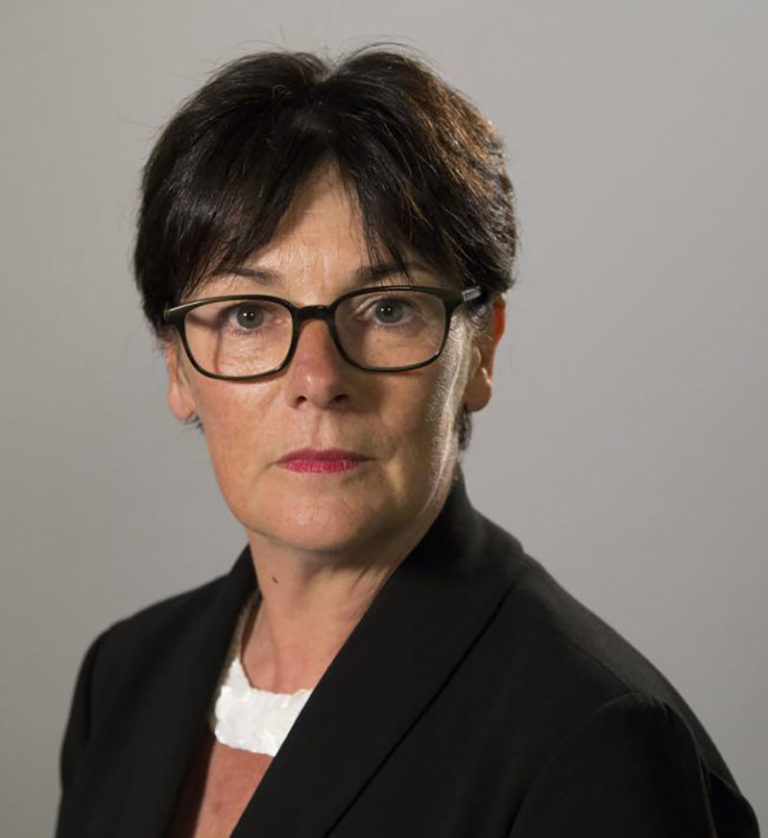
Ms Alison Di Rollo, neé Lafferty, a Senior Advocate Depute was appointed as the Solicitor General for Scotland in 2016.
Alison (C1979) joined the Crown Office and Procurator Fiscal Service in 1985 as a fiscal. Ms Di Rollo then worked in the Policy Group at the Crown Office prior to being appointed Deputy Head of the High Court Unit and later Head of Operational Policy. In May 2008, Ms Di Rollo was seconded from COPFS to take up an appointment as a Trial Advocate Depute. She was appointed as Deputy Head of the National Sexual Crimes Unit in 2011 and became head of the unit in January 2013.
Alison was honoured to receive the award. She said:
“I can put my hand on heart and take an oath that my memories of Hutchie are all happy ones, it is an extraordinary place to learn and live. I benefitted from a really complete education, learning to be part of a family and of a community. It gave me the building blocks for the career I’ve had. It gave me confidence, enthusiasm, a work ethos, commitment and dedication.”
Alison was the Head Girl in 1978/9 and the Dux of English and Modern Languages. She was also the Vice-Captain of the hockey team. She studied at Glasgow University where she won the Alexander Stone Scholarship for best student going forward to Law.
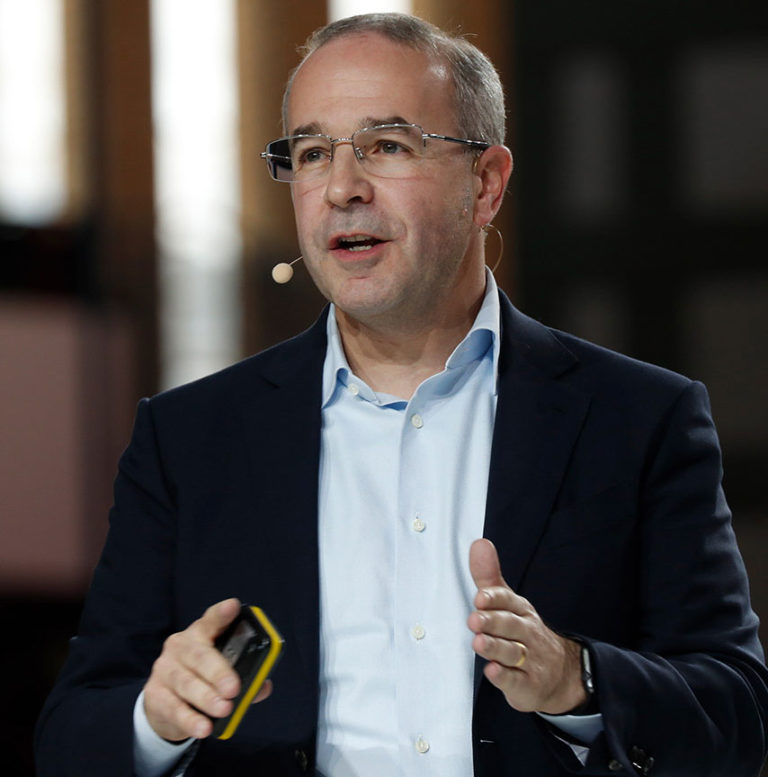
Kevin is a law graduate from the University of Glasgow and Harvard Business School, and was recently appointed the Global Managing Partner of McKinsey and Company after previously serving as chairman of McKinsey’s twenty offices spanning the Asia Pacific region including China, India, South East Asia, Korea, Japan, and Australia.
Kevin was first based in Asia in the mid 90s when he moved from London to Beijing to help build the firm’s Greater China Office. Since then, he has worked across the region and beyond, branching out from an initial focus on the consumer and healthcare industries to serve a broad range of clients in multiple industries and functions across strategy, organisation and operations.
Kevin has long been involved in charitable and professional causes and has served on the board of the Leukemia and Lymphoma Society, the Council for Higher Education and the International Board of Scottish Enterprise.
During a recent visit to the school he spoke about the importance of the school motto ‘Veritas’. He told current pupils:
“I have always been interested in the School motto – it means truth, it’s a way of being, it’s a set of standards and it’s a very high bar.
“We are the bearers of that word and should live up to it in everything that we do. Hutchie is a wonderful place for learning and Hutchie is a wonderful place for living.”
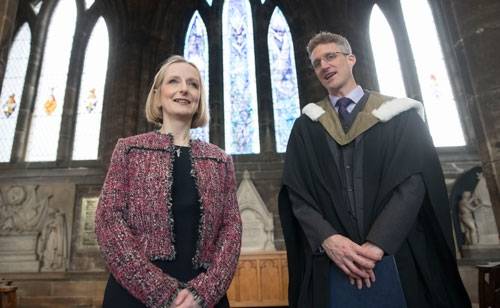
Lady Carmichael joined Hutchesons’ in primary one in 1974 in what was to be the last ever all-girls primary 1 intake and enjoyed her time at the school – Latin and Greek were favourite subjects.
When she left Beaton Road after 5th year she went on to study law at Glasgow University, having won a bursary. She graduated with Honours in 1990 and was awarded the Diploma in Legal Practice in 1991. She was admitted to the Faculty of advocates in 1993 and was appointed Queen’s Counsel in 2008.
Lady Carmichael’s practice focused particularly on matters of public law, acting for and against various public authorities in challenges to the way they had exercised their powers. She served as an ad hoc Advocate Depute (part-time High Court prosecutor), a part-time sheriff and a deputy judge of the Upper Tribunal before being appointed as a Senator of the College of Justice in 2016.
Lady Carmichael returned to School in March 2017 after giving the Commemoration Address at Founders’ Day.
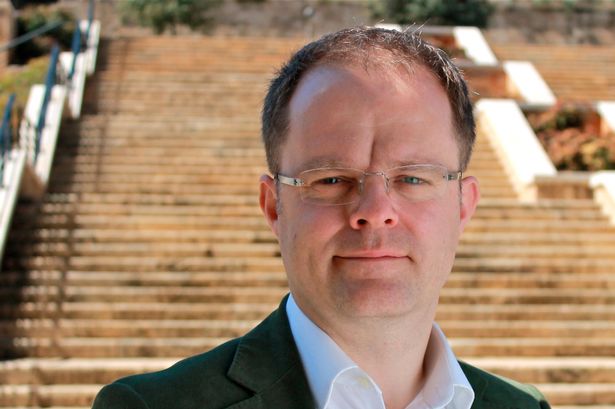
Gareth is the Deputy Head of the FCO’s Conflict Department, responsible for the Government’s “Building Stability Overseas Strategy” and – to the intense interest of his Whitehall colleagues – the effective and efficient spend of British taxpayers’ money on preventing and responding conflict in some of the world’s most fragile and conflict-affected countries. A particular focus is what they want to achieve through the United Nations.
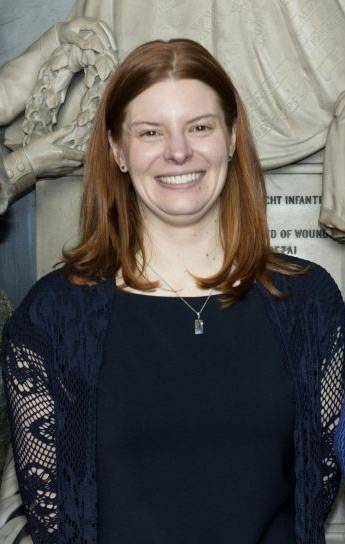
Hilary was a keen sportswoman during her time at Hutchie and went on to study Physiology with Sports Science at Glasgow University.
After university Hilary was Sports Presentation Announcer for Badminton at the 2002 Manchester Commonwealth Games and then spent seven years with Badminton Scotland, the National Governing Body. In 2008 she was appointed to the London Organising Committee for the Olympic and Paralympic Games and in 2010 she took on the role of Badminton Manager at the Olympic Games. Hilary returned to Glasgow as General Manager for Sport Services at Glasgow 2014 Commonwealth Games.
Her role at Glasgow 2014 was one of four General Managers with responsibility for managing the Sport Services functional area. Recently Hillary has been appointed to the Commonwealth Games Federation Sports Committee and, following a period working on the Rugby World Cup 2015 project, is about to take up a new role as Head of Event Delivery for the International Hockey Federation in Lausanne. Hilary was also the guest speaker for Founders’ Day 2015.
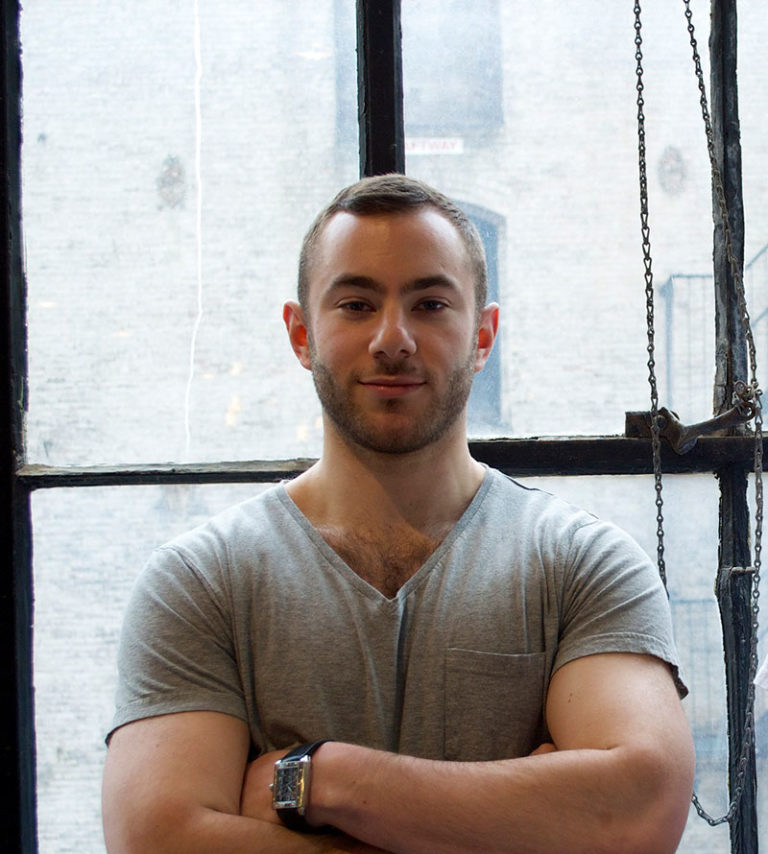
Food Entrepreneur Gabi is taking the US by storm with his new range of health bars – made from crickets.
Gabi came up with his business idea while studying Economics and Philosophy at Browns University in America and quickly set about making it a reality – ordering two shoebox-sized containers containing 2,000 live crickets to his house on campus.
Armed with Google research, a vague recipe for cricket flour, an oven, and a blender, Gabi along with room-mate Greg Sewitz began experimenting. Gabi, a power lifter, had become frustrated with the rather tasteless protein bars commercially available and had already created a basic protein bar recipe.
The idea to add insects to the mix came when Greg attended a conference at MIT on the breakdown of global systems that sparked a conversation about insects’ tremendous environmental benefits relative to other food sources. He intuitively understood that only by combining insects with something more familiar—protein bars, for example – would people be convinced to eat them?
Gabi and Greg graduated in 2013 and set off for New York where they hoped to revolutionize the health bar market. They launched a Kickstarter and within 72 hours, they had reached their $20,000 goal. By the end of the month, they’d raised almost $55,000 from over 1,000 individuals who believed in our vision.
Today their company Exoprotein has grown to seven full-time employees and five part-time employees and has attracted $6million from world-class investors. It has also grown its customer base to over 25,000 individuals and sells millions of protein bars.
Business-astute Gabi has recruited some very experienced people to his business – including a Michelin-starred chef Kyle Connaughton and one of the founders of Groupon. He has also won some famous supporters – Rapper Nas is an investor.